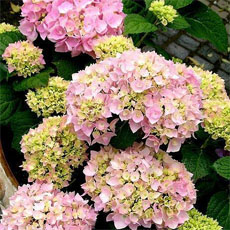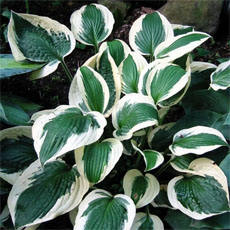Parrotia Species, Persian Ironwood, Persian Parrotia, Persian Witch Hazel
Parrotiapersica
Synonym
Hamamelis
persica
Parrotia
siderodendron






















































Planted as a 1 gallon plant in 2009 in mostly clay, full sun. Grew a little bit annually and now in 2022 is close to 20ft tall and 10 ft...Read More
I’ve been enjoying this species for three decades or so. In middle Tennessee it seems to grow fine to 50+ feet. Most people’s have ...Read More
There's a magnificent specimen in the Arnold Arboretum (Boston Z6a) that must be over 50' tall.
Excellent fall color (oran...Read More
I have grown this plant for several years in two different locations in zone 9a. One is a sunny site in sandy soil without irrigation. Th...Read More
This might be a silly question, but I am wondering if any of you think that this gorgeous tree might be able to grow in 9B zone?... I lov...Read More
I love the shape and texture of this tree's bark. It has not had great fall color here in Nebraska. It also holds onto its leaves most of...Read More
I have observed the plant for about 10 years growing in irrigated display beds in Central IL. It almost never goes dormant quickly enoug...Read More
I have had no problems with this tree at all. I have acid clay soil which I amended with planting mix in 3' deep by 4.5' wide planting h...Read More
My midwest experience with P. persica is that it is incredibly slow growing, the habit is low branching, bushy, almost shrub-like, it hol...Read More
I live in USDA Zone 8a and would love to have this small tree. The following notes are from the New Illustrated Encyclopedia of Ga...Read More
Parrotia persica is found wild in northern Iran. It belongs to the Witch Hazel family, Hamamelidaceae and the name commemorates German naturalist F. W. Parrot.
Leaves are approximately 5" long by 3" wide. Individual flowers are small but conspicuous by reason of their many red stamens and are borne in dense clusters in late winter or spring. Parrotia persica is increased by seeds sown in sandy soil in a frame as soon as they are ripe, and by layers pegged into sandy soil in spring. It requires a sunny position in well-drained, loamy soil. Pruning should be given special attention when the tree is young; it is done in summer and should take the form of shortening the side branches in order to direct additional food material to the leading shoot.
I needed a tree for my narrow (15 ft.) side yard. My city (Olympia, Washington) has a free tree program for landscaping the "streetscape"...Read More
This is a magnificent tree for fall color going from golden yellow to orange or rosy pink and finally to scarlet - wow!. It is slow grow...Read More